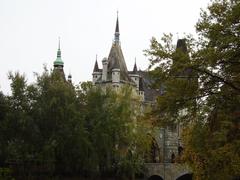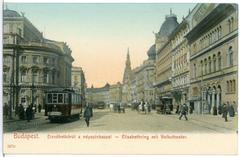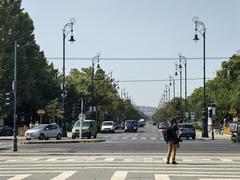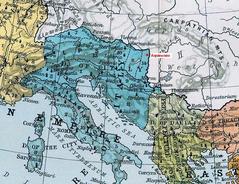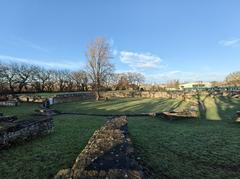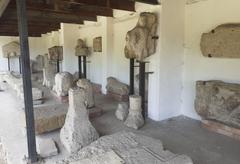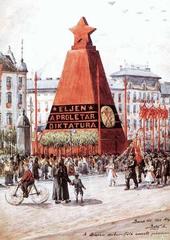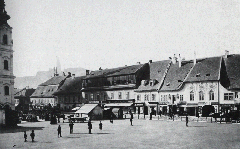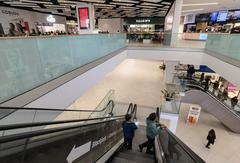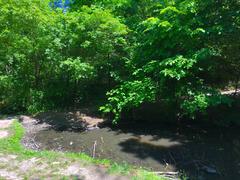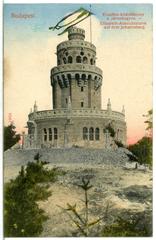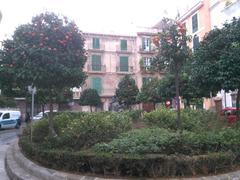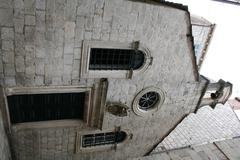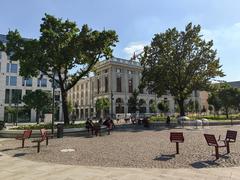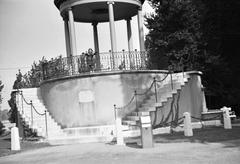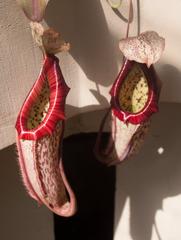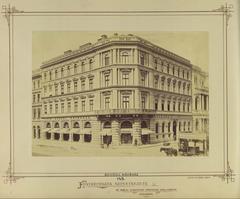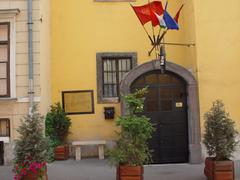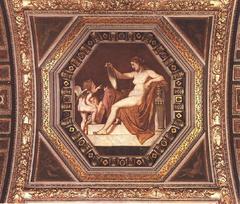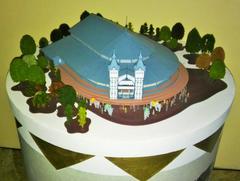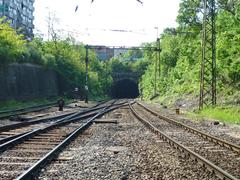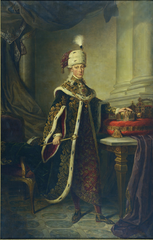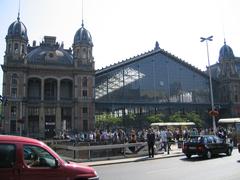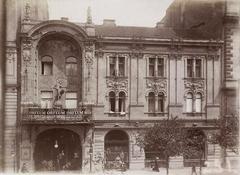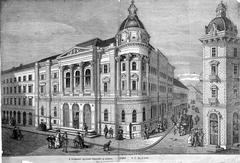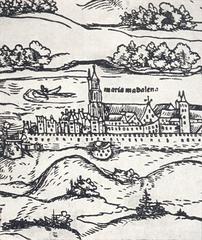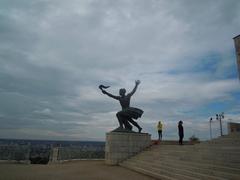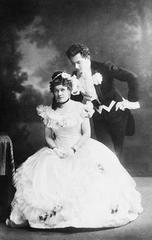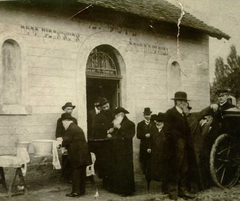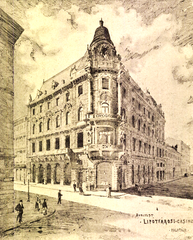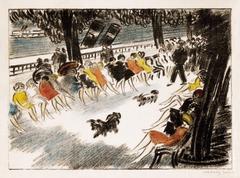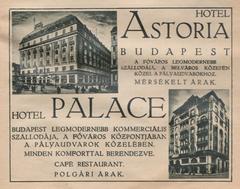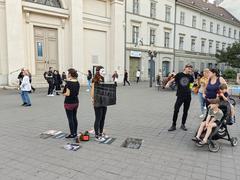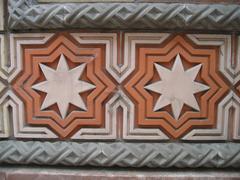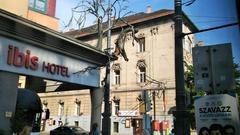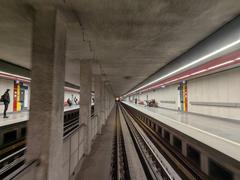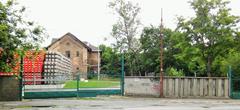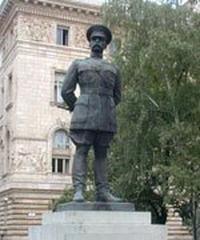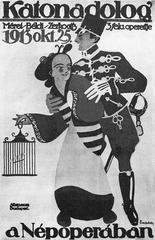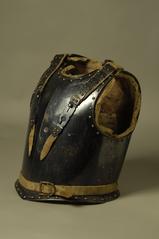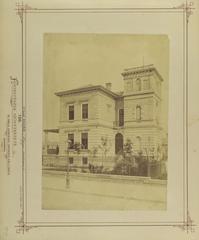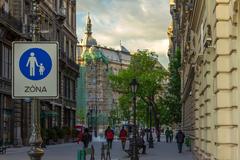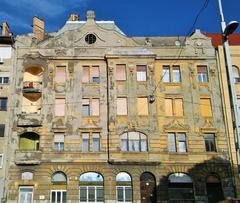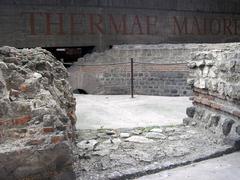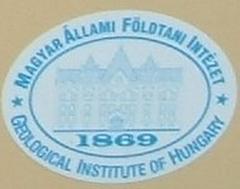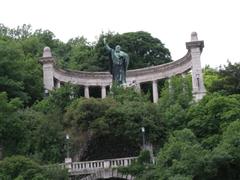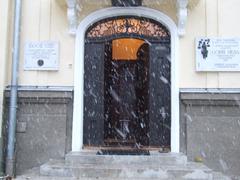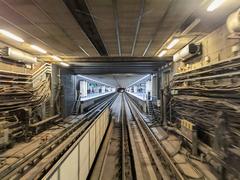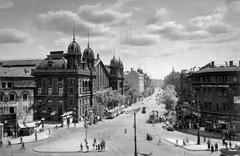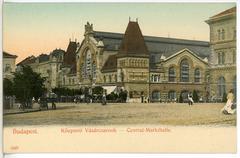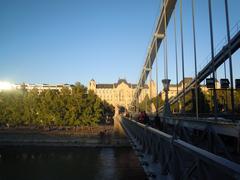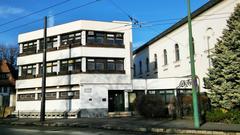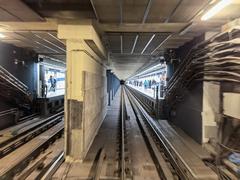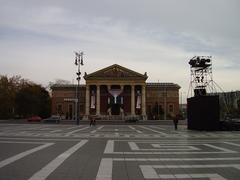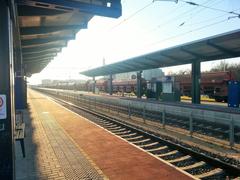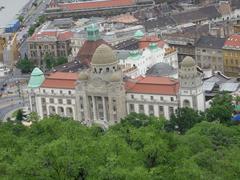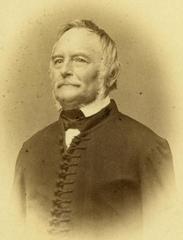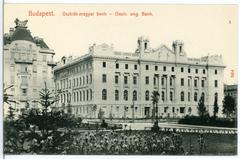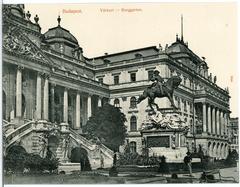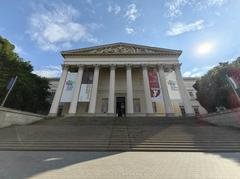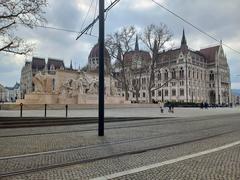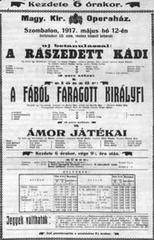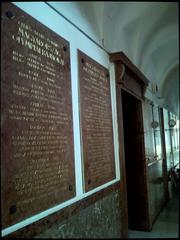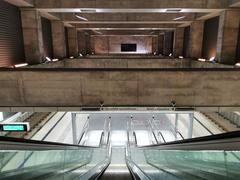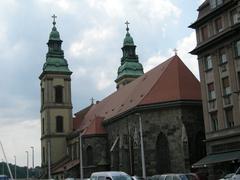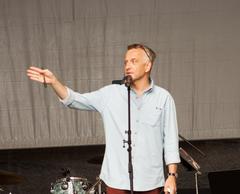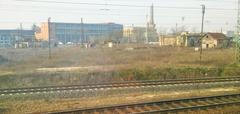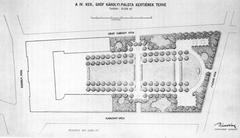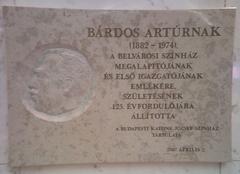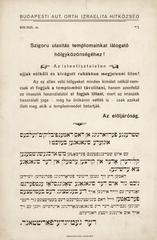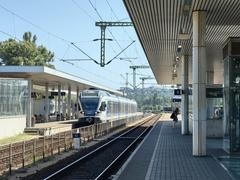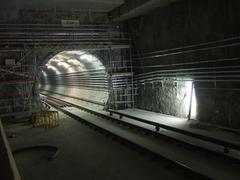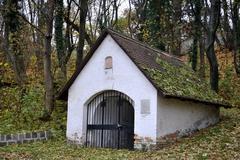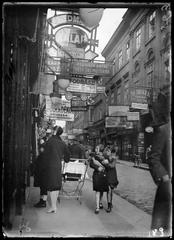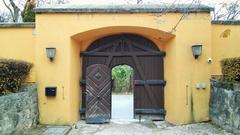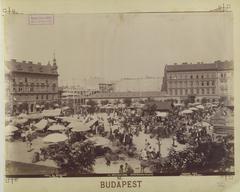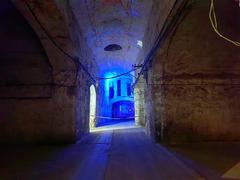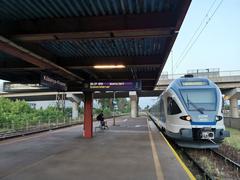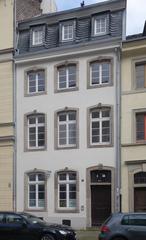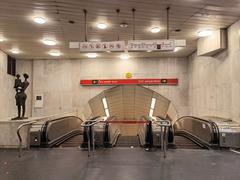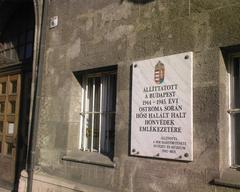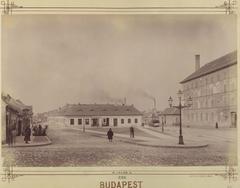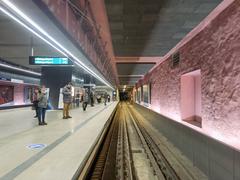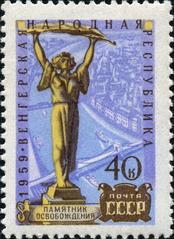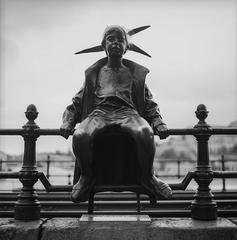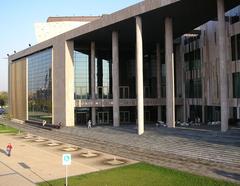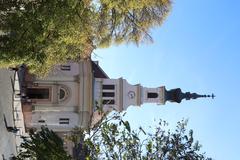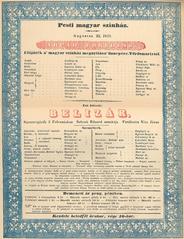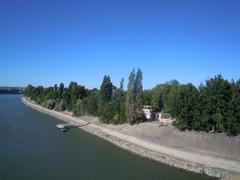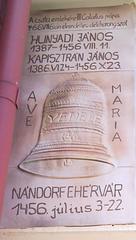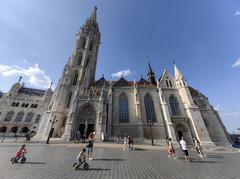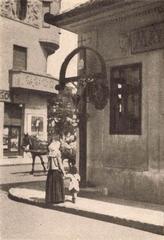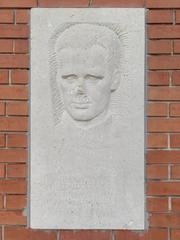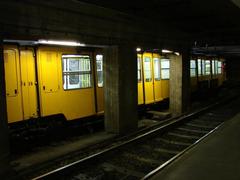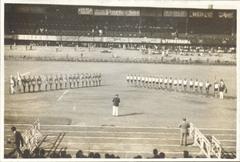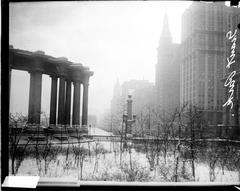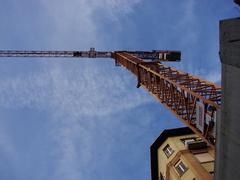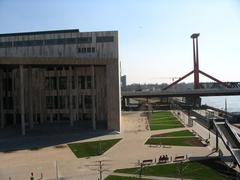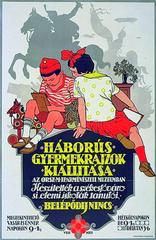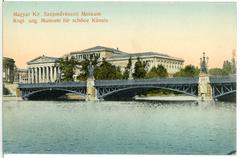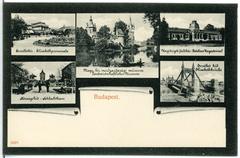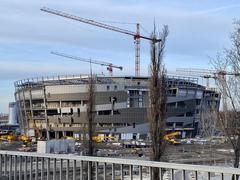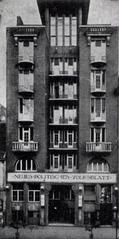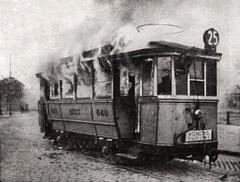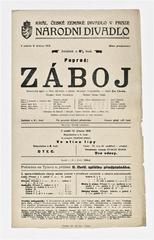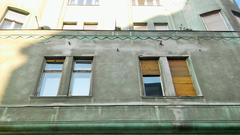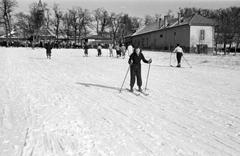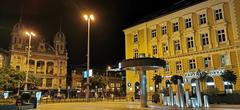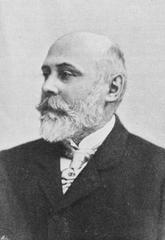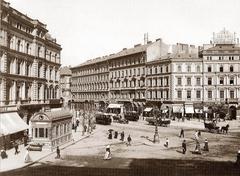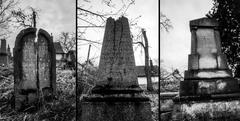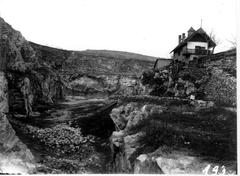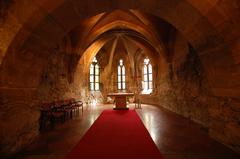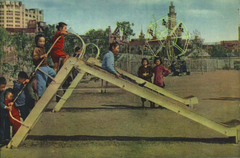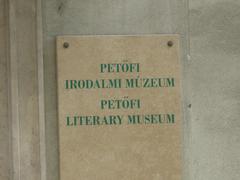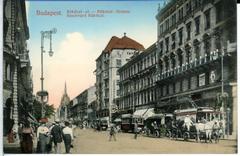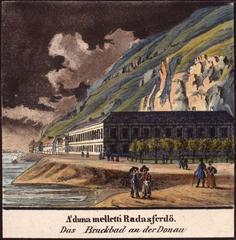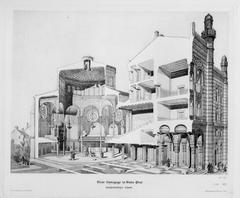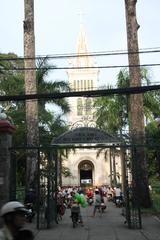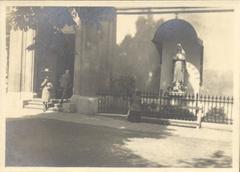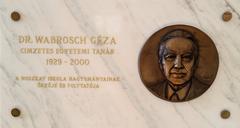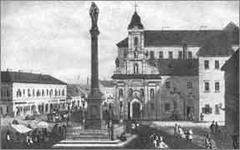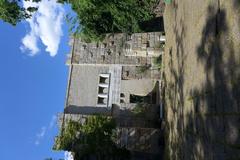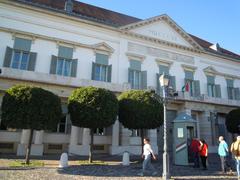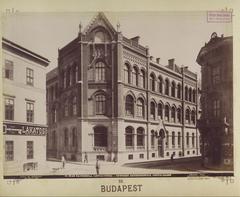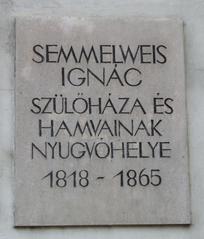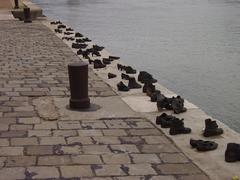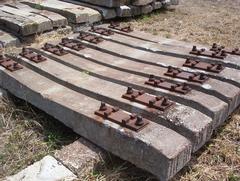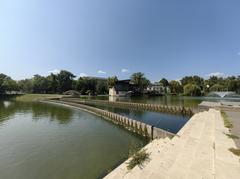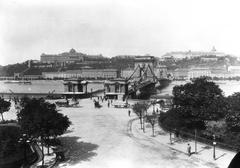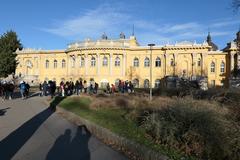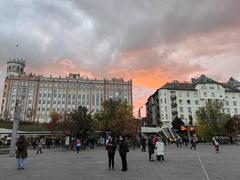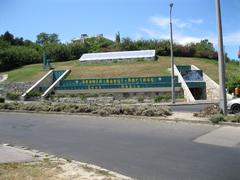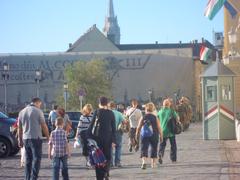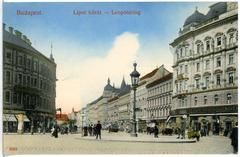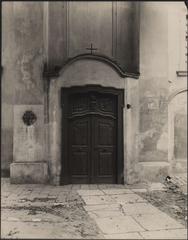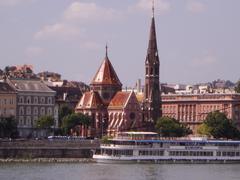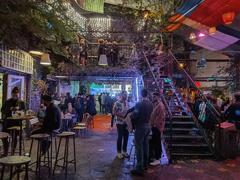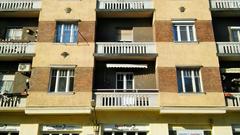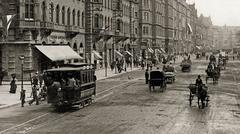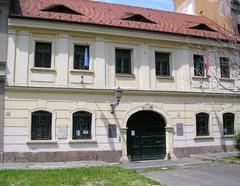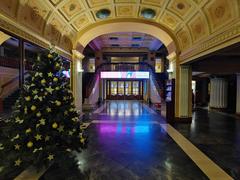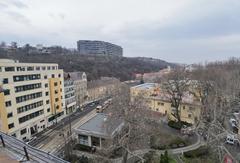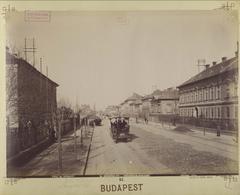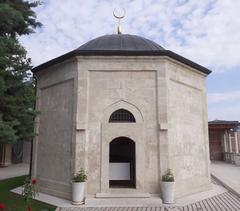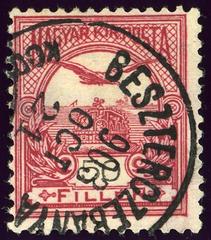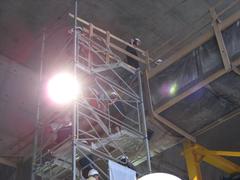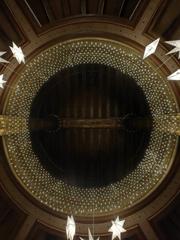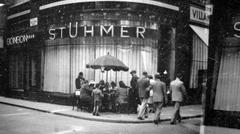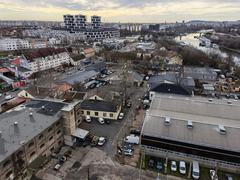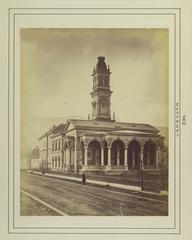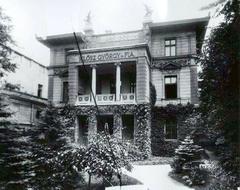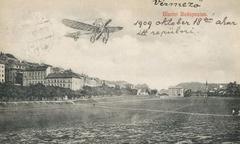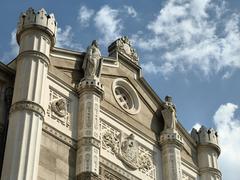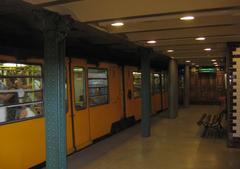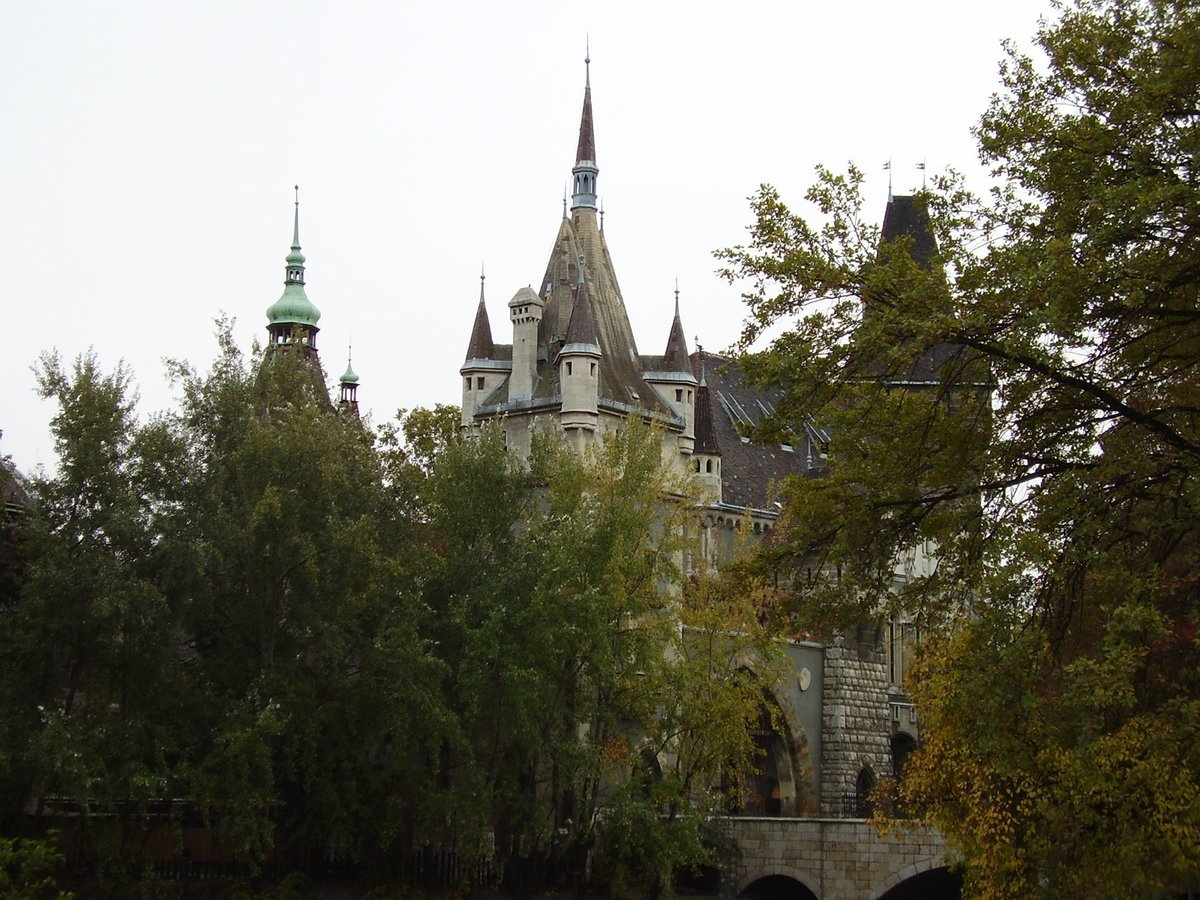
Complete Guide to Visiting Magyar Mezőgazdasági Múzeum és Könyvtár in Budapest, Hungary
Publication Date: 17/07/2024
Introduction to Magyar Mezőgazdasági Múzeum és Könyvtár
The Magyar Mezőgazdasági Múzeum és Könyvtár, also known as the Hungarian Agricultural Museum and Library, is a cornerstone of Hungary’s rich agricultural history and heritage. Established in 1896 during Hungary’s millennial celebrations, this institution is one of Europe’s oldest and most significant museums dedicated to agriculture. Located in the architectural marvel of Vajdahunyad Castle within Budapest’s City Park, the museum offers visitors a unique blend of history, culture, and education (Budapest.com). This guide aims to provide comprehensive information for prospective visitors, including visiting hours, ticket prices, historical insights, and practical tips to enhance your visit.
The museum’s origins are deeply intertwined with Hungary’s national identity, celebrating 1,000 years since the Hungarian conquest of the Carpathian Basin. The Vajdahunyad Castle, designed by Ignác Alpár, is a testament to Hungary’s diverse architectural heritage, featuring Romanesque, Gothic, Renaissance, and Baroque styles (Budapestinfo). Over the years, the museum has expanded its collections to cover various aspects of agriculture, forestry, hunting, and fishing, making it an invaluable resource for researchers and enthusiasts alike (Hungarian Agricultural Museum).
Contents Overview
- Introduction
- History of the Magyar Mezőgazdasági Múzeum és Könyvtár
- Origins and Establishment
- Location and Architectural Significance
- Early Collections and Exhibitions
- Expansion and Development
- World War II and Post-War Period
- Modern Era and Recent Developments
- Cultural and Educational Significance
- Visitor Experience and Tips
- Visitor Information
- Tips for a Memorable Visit
- FAQ
- Conclusion
- Sources
History of the Magyar Mezőgazdasági Múzeum és Könyvtár
Origins and Establishment
The museum was officially established in 1896 during Hungary’s millennial celebrations, marking 1,000 years since the Hungarian conquest of the Carpathian Basin. This institution was created to celebrate and document Hungary’s rich agricultural heritage and advancements.
Location and Architectural Significance
Housed in the Vajdahunyad Castle in Budapest’s City Park (Városliget), the castle is a fascinating architectural ensemble designed by Ignác Alpár for the 1896 Millennial Exhibition. It features Romanesque, Gothic, Renaissance, and Baroque styles, symbolizing Hungary’s diverse architectural heritage. Initially a temporary structure, the castle was later rebuilt in stone due to its popularity and significance (Budapestinfo).
Early Collections and Exhibitions
The initial collections showcased Hungary’s agricultural practices, tools, and innovations, aiming to educate the public and promote agricultural development. Early exhibitions included displays of traditional farming equipment, livestock breeds, and crop varieties, reflecting Hungary’s agricultural diversity.
Expansion and Development
Throughout the 20th century, the museum expanded its collections to cover agriculture, forestry, hunting, and fishing. The library grew significantly, becoming a valuable resource for researchers in agricultural sciences, including rare books, manuscripts, and periodicals documenting agricultural history.
World War II and Post-War Period
The museum faced challenges during World War II, with the Vajdahunyad Castle and its collections suffering damage. Restoration efforts in the post-war period allowed the museum to reopen in the late 1940s, continuing its mission to educate and inspire future generations about agriculture.
Modern Era and Recent Developments
In recent decades, the museum has evolved, incorporating modern technologies and interactive exhibits. It now features permanent and temporary exhibitions on sustainable farming, agricultural machinery, and the impact of agriculture on the environment. Recent developments highlight sustainability and environmental education, addressing global challenges such as climate change and food security (Hungarian Agricultural Museum).
Cultural and Educational Significance
The museum plays a vital role in preserving Hungary’s agricultural heritage and serves as a cultural and educational hub. Its extensive collections provide valuable insights into the agricultural practices that have shaped Hungary’s rural landscape. The museum collaborates with other institutions to promote research and knowledge exchange in agricultural sciences.
Visitor Experience and Tips
Visitor Information
- Visiting Hours - The museum is generally open from 10:00 AM to 6:00 PM, Tuesday through Sunday. It’s advisable to check the museum’s website for any changes in hours or special events.
- Ticket Prices - Adult tickets are approximately 1,500 HUF, with discounts available for students, seniors, and groups. Special exhibition tickets may have different pricing.
- Nearby Attractions - The museum is located in City Park, near other attractions like the Széchenyi Thermal Bath and the Budapest Zoo.
Tips for a Memorable Visit
- Plan Ahead - Check the museum’s website for up-to-date information on opening hours, ticket prices, and special exhibitions or events.
- Guided Tours - Join a guided tour to gain deeper insights into the exhibits. Tours are available in multiple languages.
- Educational Programs - Explore educational programs and workshops, especially if visiting with children or a school group.
- Library Access - Researchers can access the library by appointment. The collection is a valuable resource for academic study.
- Photography - Photography is allowed in most areas, but check for restrictions in specific exhibits.
FAQ
- What are the visiting hours for the Magyar Mezőgazdasági Múzeum? The museum is typically open from 10:00 AM to 6:00 PM, Tuesday through Sunday.
- How much are tickets for the Hungarian Agricultural Museum? Adult tickets are around 1,500 HUF, with discounts for students, seniors, and groups.
- Are guided tours available? Yes, guided tours are available in multiple languages.
Conclusion
The Magyar Mezőgazdasági Múzeum és Könyvtár offers a rich and engaging experience, celebrating Hungary’s agricultural heritage. By following our tips and planning ahead, you can make the most of your visit and gain a deeper appreciation for the museum’s contributions to the field of agriculture.
Sources and Further Reading
- Title, 2023, Budapest.com
- Title, 2023, Budapestinfo
- Title, 2023, Hungarian Agricultural Museum
- Title, 2023, Budapest Travel Guide
